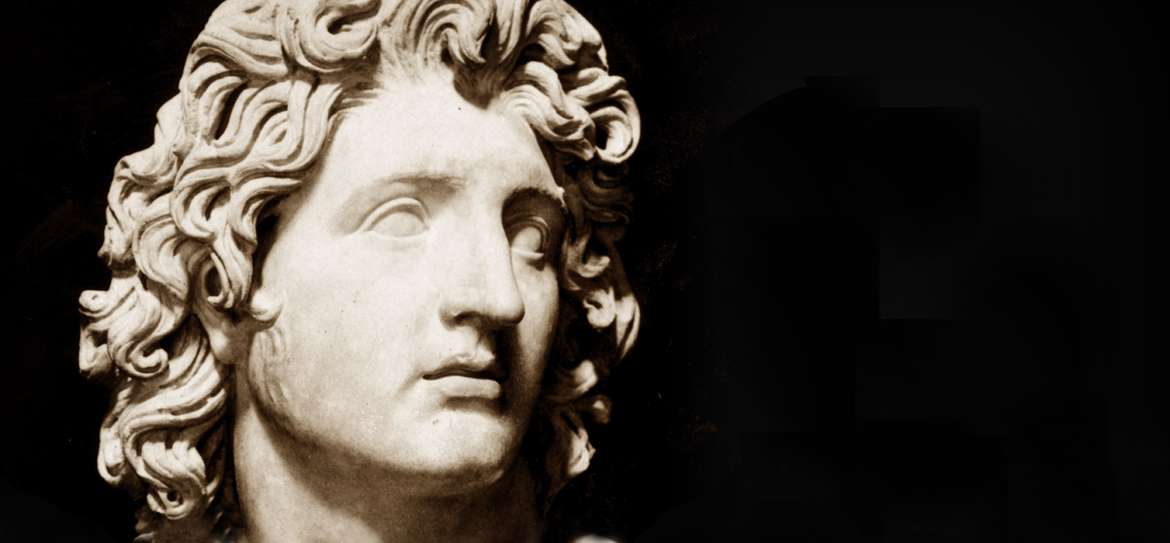A legend tells us that Alexander the great disguised himself as an ambassador, in fact his own ambassador, and went to meet the queen of Persia Nusabeh. His face and gestures betrayed him and put him in danger. He didn’t know that the queen has painted the portraits of kings and emperors of her time in a role of silk. She reassured him and welcomed him, then she unrolled the silk scroll where his portrait appears in all its splendor and told him:
-I show you your own image, so that you may change the image you have of me!
This brief story summarises the uneasy and complex relation the Orient and Occident had and still do have; But it also give us a major key to a mutual acknowledgement and understanding. this key is: “the self-image, in the eyes of the other”.
Our ultimate aim in this major focus of our programme is to show the Occident his own image in the Orient’s Eyes so that he might adjust the image he has of the Orient.
This would be attained through the study of the perception of the Occident by the Orient; namely reception in the East, especially the Arabic-speaking world, of works and personalities eminently Western and their presence in the Orient consciousness and absorption in the Orient Culture.
Such approach allows the recollection of the image of the Occident in the Orient perception, so that the Occident by recognising his own image in the Orient gaze may revise the image he has of the Orient. For the image of oneself in the gaze of the other, allows one not only to recognize oneself, but to recognize the other as well.
Illustration: Bust of Alexander-Helios. 3rd-2nd BC. Capitoline Museums, Rome, Italy

